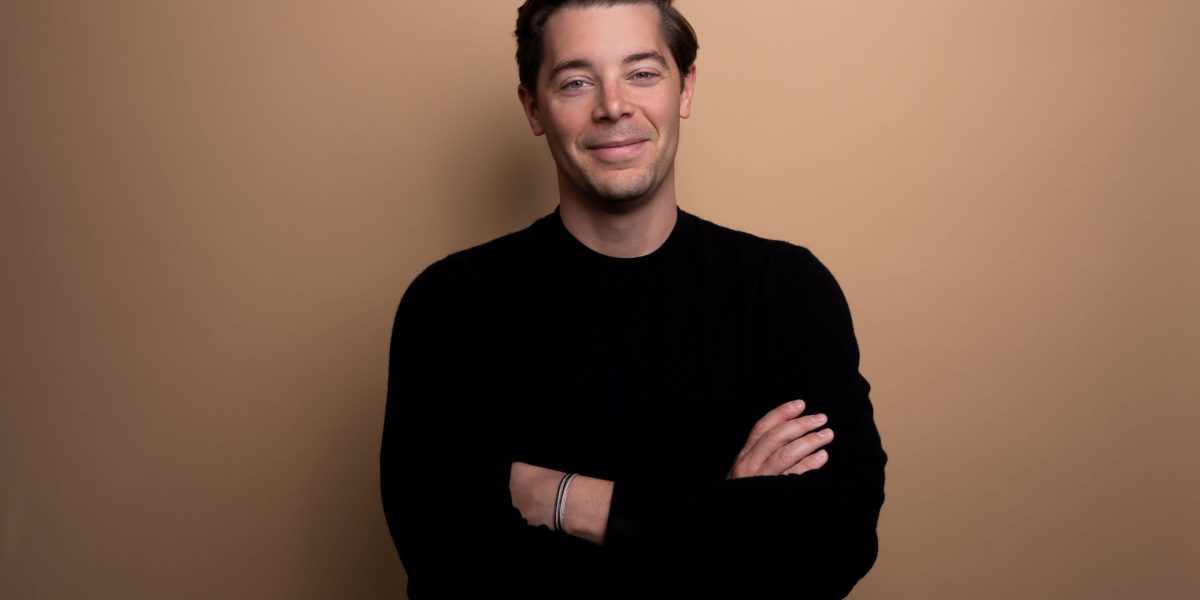
""There are some things that rhyme [with previous technological cycles]," he said. "But in many ways, also, AI is weird...The reason I say that is because, if you look at past technological cycles, there's almost always been one kind of innovation, right? Sometimes people call it the J-curve.""
""Her point, basically, is that these [transformations] have actually played out very consistently, and that you can understand these things as a repeatable phenomenon," Lightcap said. "AI is different because the substrate is in a constant state of evolution. So, if you think about this as a road map from where we are to something akin to general intelligence, superintelligence, or whatever you want to call it-the path is exponential but it's also ongoing.""
Brad Lightcap, who joined OpenAI from Y Combinator in 2018 and double-majored in economics and history, observes parallels with past technological cycles but emphasizes AI's distinctiveness. He references Carlota Perez's J-curve paradigm to note that past transformations often followed repeatable innovation patterns. AI differs because its underlying substrate is constantly evolving, producing an exponential and ongoing path toward ever-more-capable systems. That rapid, continuous change reshapes the competitive landscape and generates frequent opportunities. Startups that embrace disruption, remain at the frontier, and move with the accelerating wave can capitalize on these dynamics, supported by initiatives like the OpenAI Startup Fund.
Read at Fortune
Unable to calculate read time
Collection
[
|
...
]